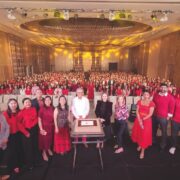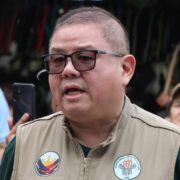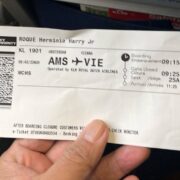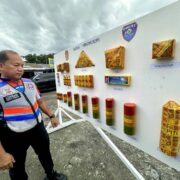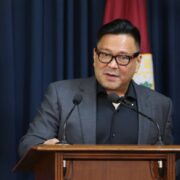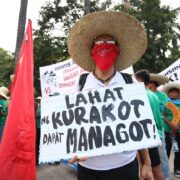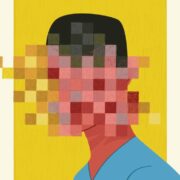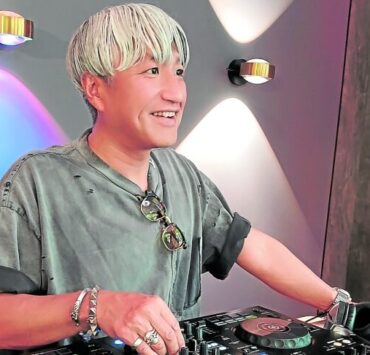A designer’s tribute to his mother’s resilience
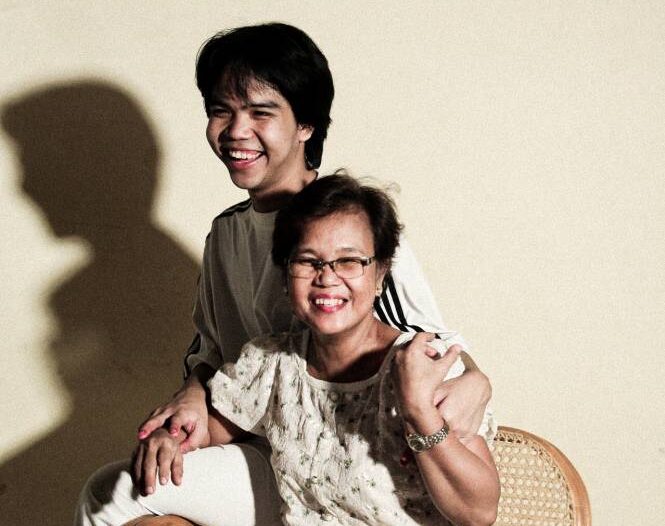
“Para Kay Nanay … ,” a conceptual fashion collection, narrates the multifaceted journey of motherhood, with each hand-stitched seam a manifestation of a son’s unconditional love and gratitude.
Back in June 2023, fashion design student Lance Ernest Rubio visited his hometown in the Municipality of Isabela for a project. He was surprised when his mother Agnesa met him at the bus station with fear in her eyes.
“She was wearing a very old dress—a pambahay, no bra, just a towel wrapped around her shoulders to cover her up and protect her from the cold,” he recalled. “She had a belt bag around her waist with a little money from selling eggs that day.”
Rubio realized she was running away from his father. He immediately brought her to a safe space—a hotel—where she was finally able to rest. Before she slept, she said, “‘Yung pinangarap kong buhay, ‘yung pinaghirapan ko, mawawala lang nang ganoon. (“The life I dreamt of, what I worked for, will be gone, just like that.”)
Rubio shared that he had only gone to Isabela that day for a bridal fitting. “Little did I know, a former bride, a wife, my mom, was escaping from a marriage that was punishing her and making her feel like a nobody.”

He could not help but recall the many challenges his mother had faced to support the family. This served as his turning point to use his talent and platform to honor her.
For his debut collection in completion of his Fashion Design and Merchandising degree from the De La Salle-College of Saint Benilde (DLS-CSB), the young artist launched “Para Kay Nanay … ,” a fashion line that represents Agnesa’s life.
“It is a series of trickled-up versions of the clothes she wore when she was experiencing hardships,” Rubio explained. “Incorporated in these garments are significant materials that have been part of her routine, many of which are as fragile as her, but which also made her stronger.”
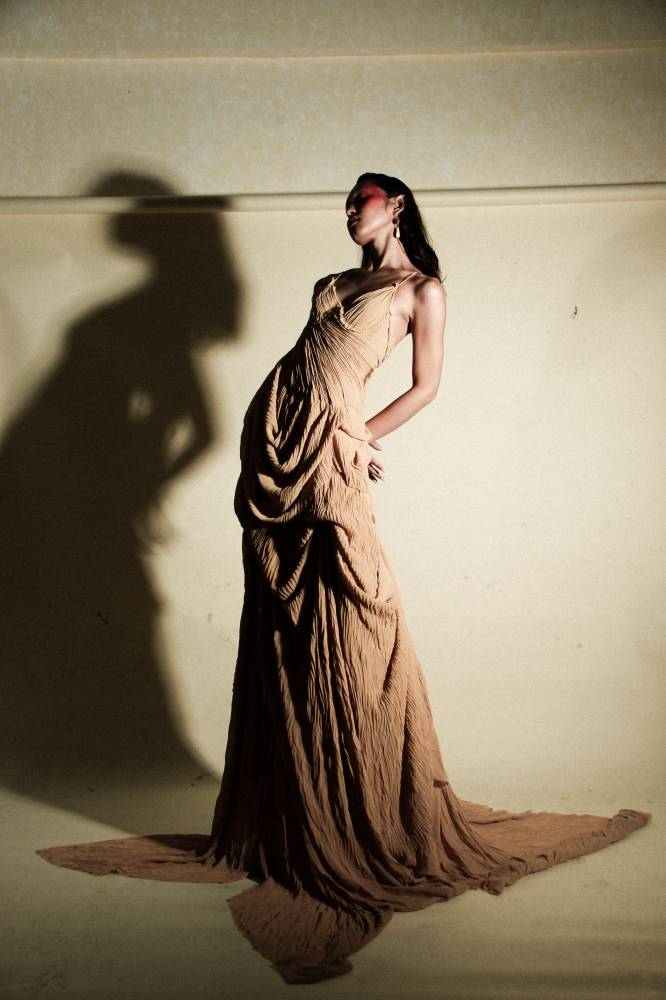
Day-to-day wardrobe
These include Agnesa’s day-to-day wardrobe, from the checkered button-down and gardening hat she sported when she tended to the itikan (duck farm) to the go-to shirt, gloves, and apron she used when preparing salted eggs.
Rubio used the reddish-brown mud from their family’s salted egg venture to bring a rich and natural color and texture to the garments. Another technique was borax crystallization, where crystals grow on the fabric, referencing the importance of rock salt in their livelihood. He likewise utilized the magenta dye to add vibrance to his pieces.
“Para Kay Nanay…” consisted of five looks. “Itlog na Pula” comes with an apron and gloves dyed in crystalline, and sheepskin leather pants with pannier. “Doon sa Itikan” features a sheepskin leather cap with crystalized veil, a button-down top with mud-dyed layered skirt.

“Buro” has a crystallized veil top, and corseted skirt in mud-dyed lace, “Balutan” has a crystallized veil in red egg dye and a white lace gown, and “Agnesa” is a draped dress in hand-pleated and mud-dyed chiffon and a hand-frayed shawl in white textured chiffon.
“These clothes are about seeing the beauty in simplicity, finding new ideas from old traditions, and turning memories into designs,” Rubio shared. “It shows even ordinary materials can become something special. It honors the hands that worked in mud and salt to raise me.” he said.
“Each of these techniques was born from curiosity–the desire to merge personal history with design innovation. The hope lives in every crystal, every dyed fiber, every hand-stitched seam that reminds me that the story of my mother—and the stories of women like her–deserve to be seen, remembered, and celebrated.”

